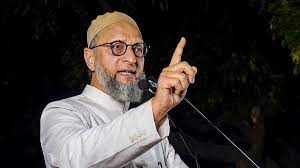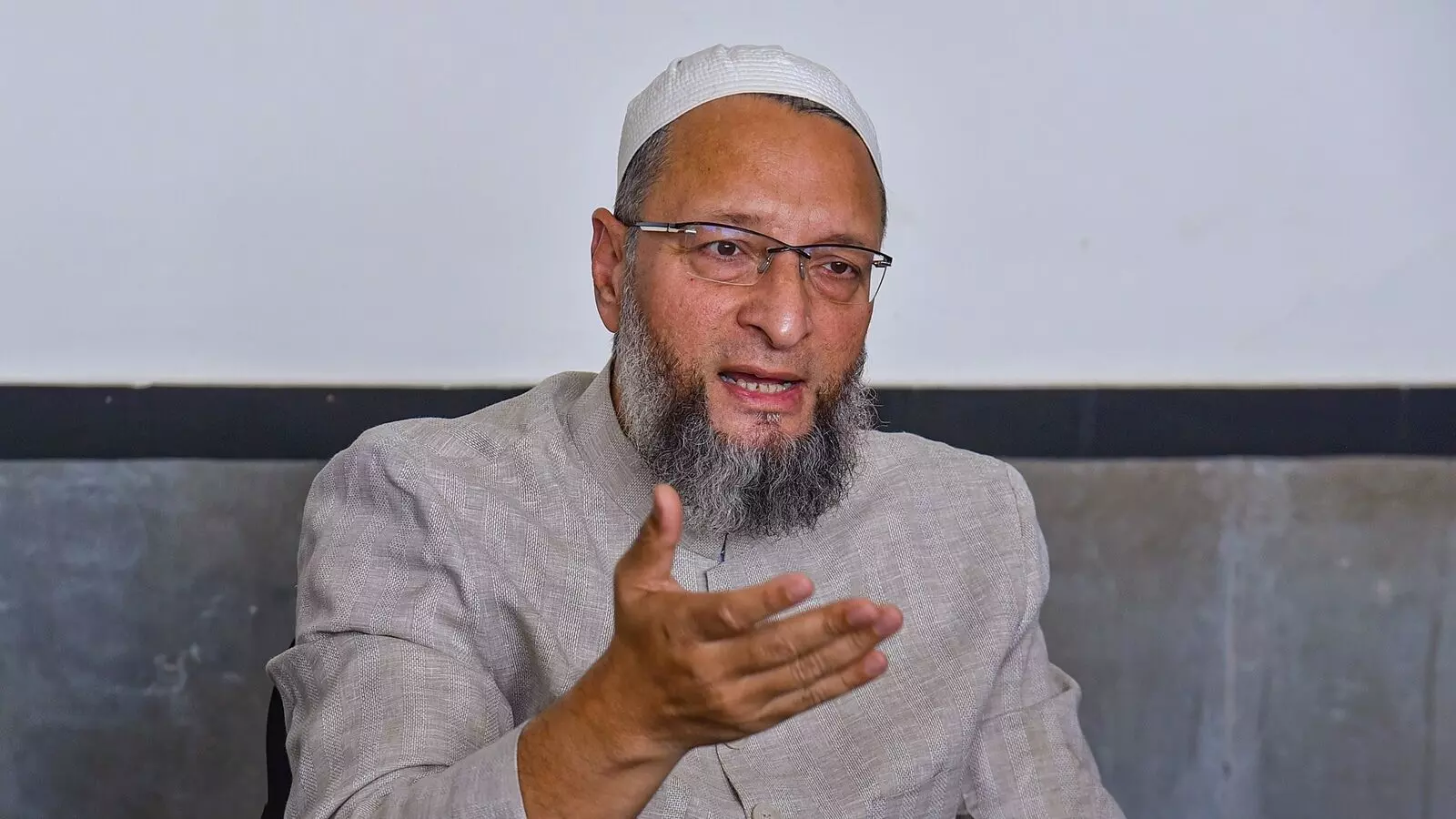Indian Army to cut 150,000 jobs as force plans to go ‘lean and mean’
Mon 10 Sep 2018, 18:52:41

The Indian Army is likely to cut over 150,000 troops over the next four to five years under an overarching cadre review that seeks to sharpen the force’s effectiveness and prepare it for future wars, two officers familiar with the move said on Sunday.
The cadre review, ordered on June 21, covers wide-ranging issues including cutting the personnel strength of the 1.2-million strong force and merger of different verticals to optimise its functioning.
An 11-member panel, headed by the military secretary Lt Gen JS Sandhu, is carrying out the review and is expected to make its preliminary presentation to army chief General Bipin Rawat by the month-end before submitting its final report in November.
“Merging of some verticals and rationalising roles are likely to result in cutting 50,000 troops over the next two years. A reduction of 100,000 more personnel may be possible by 2022-23. But all this is in the study phase right now,” said one of the officials cited above.
The troop reduction is likely to be achieved through revamping different verticals including directorates at the army HQs, logistics units, communications establishments, repair facilities and other administrative and support areas, the second official said.
The cadre review order flagged concerns about how multiple verticals of the army had expanded over the years, despite technology infusion into the system.
“The line between verticals has got blurred, resulting in duplication of charters and associated manning. There is a definite case for reviewing the number of verticals with the aim of restructuring within the vertical as also merging where necessary/possible so as to arrive at economies of scale,” said the order.
Drawing attention
to the army’s archaic equipment and critical gaps in capabilities, former Northern commander Lieutenant General BS Jaswal (retd) said downsizing of combat forces has to be offset against induction of highly sophisticated technical equipment.
to the army’s archaic equipment and critical gaps in capabilities, former Northern commander Lieutenant General BS Jaswal (retd) said downsizing of combat forces has to be offset against induction of highly sophisticated technical equipment.
“As far as overlapping duties in logistics departments is concerned, there has to be a structured analysis to see if duplication in functioning can be streamlined into lesser number of modules,” Jaswal said.
“Theoretically, a lot of things may seem possible but you have to get into the realm of practical applications,” he added.
Apart from downsizing, the review covers an assessment of the army’s future needs, career progression of officers, deficiency of officers in units, career management of non-empanelled officers, provisions related to leaving service, and improving the efficiency and morale of officers.
The ongoing review is examining the possibility of abolishing the rank of brigadier to ensure smoother career progression and also contemplating replacing division headquarters with integrated brigades.
Revamping force levels to improve the army’s tooth-to-tail ratio -- the number of personnel (tail) required to support a combat soldier (tooth) -- has been a work in progress.
In August 2017, the government announced an extensive restructuring of the army to redeploy 57,000 soldiers in combat roles to sharpen the force’s fighting edge.
This was done following the recommendations made by the Shekatkar committee on enhancing the army’s combat potential and trimming its revenue expenditure.
The committee had listed out measures to bring down the budget for meeting day-to-day expenses and making more money available for weapons and equipment.
No Comments For This Post, Be first to write a Comment.
Most viewed from National
Most viewed from World
AIMIM News
Delhi Assembly polls: Owaisi leads Padyatra in Okhla
Feb 01, 2025
We reject this Waqf Amendment Bill: Asaduddin Owaisi
Jan 30, 2025
Latest Urdu News
Most Viewed
May 26, 2020
Do you think Canada-India relations will improve under New PM Mark Carney?
Latest Videos View All
Like Us
Home
About Us
Advertise With Us
All Polls
Epaper Archives
Privacy Policy
Contact Us
Download Etemaad App
© 2025 Etemaad Daily News, All Rights Reserved.


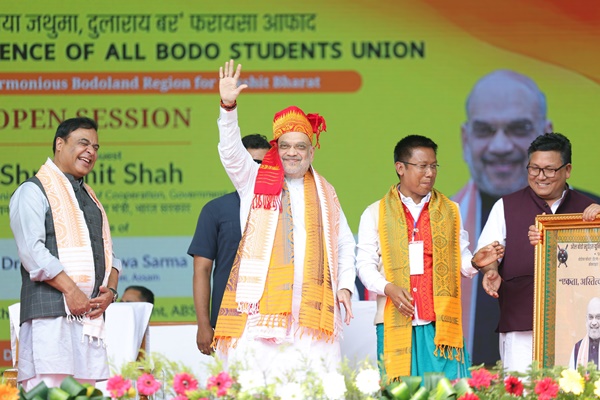
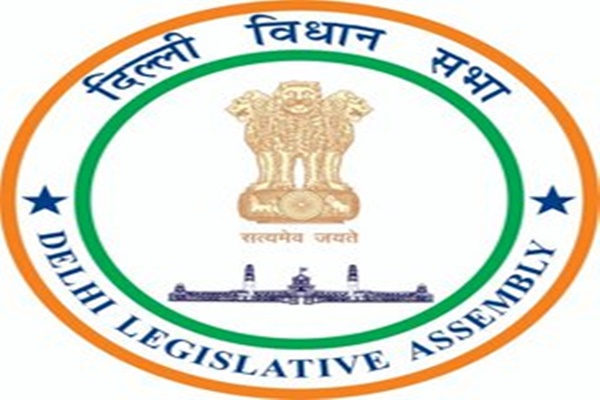
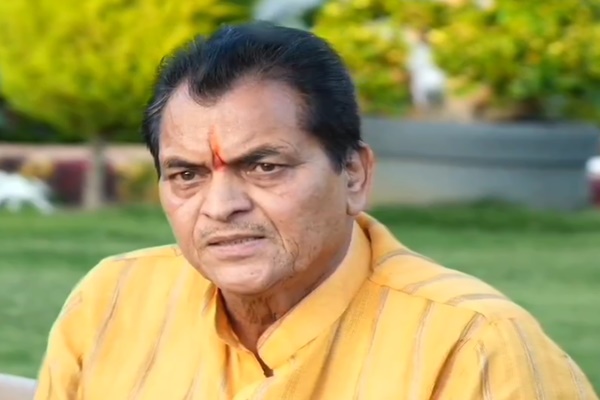
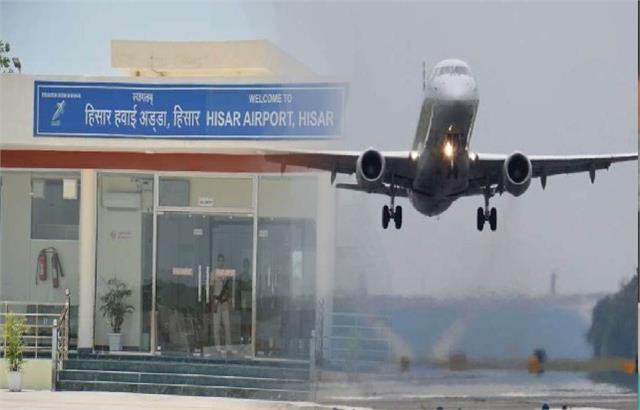


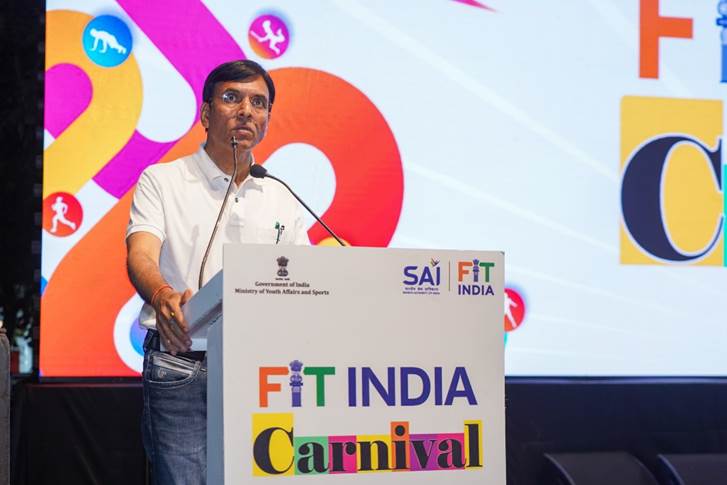
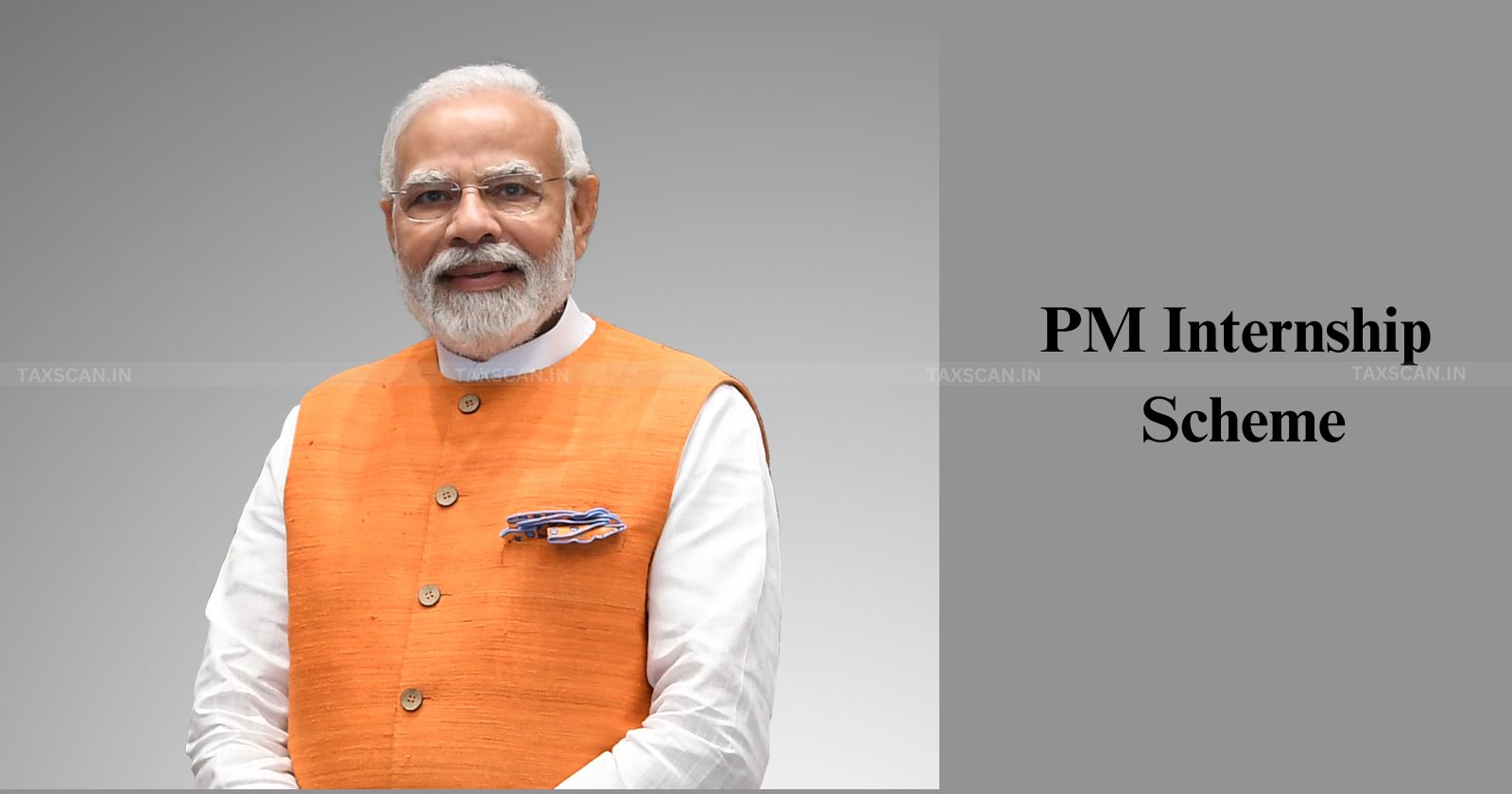
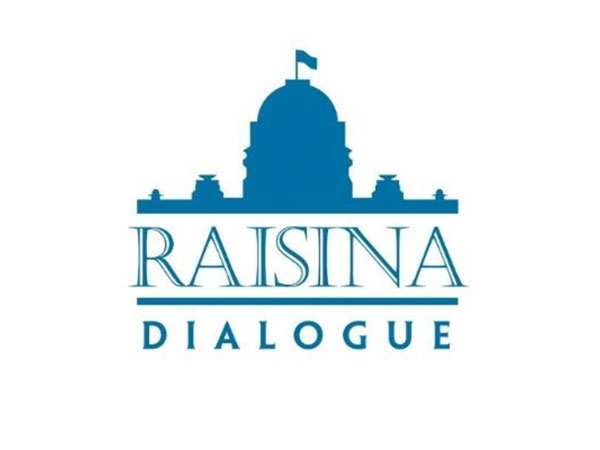
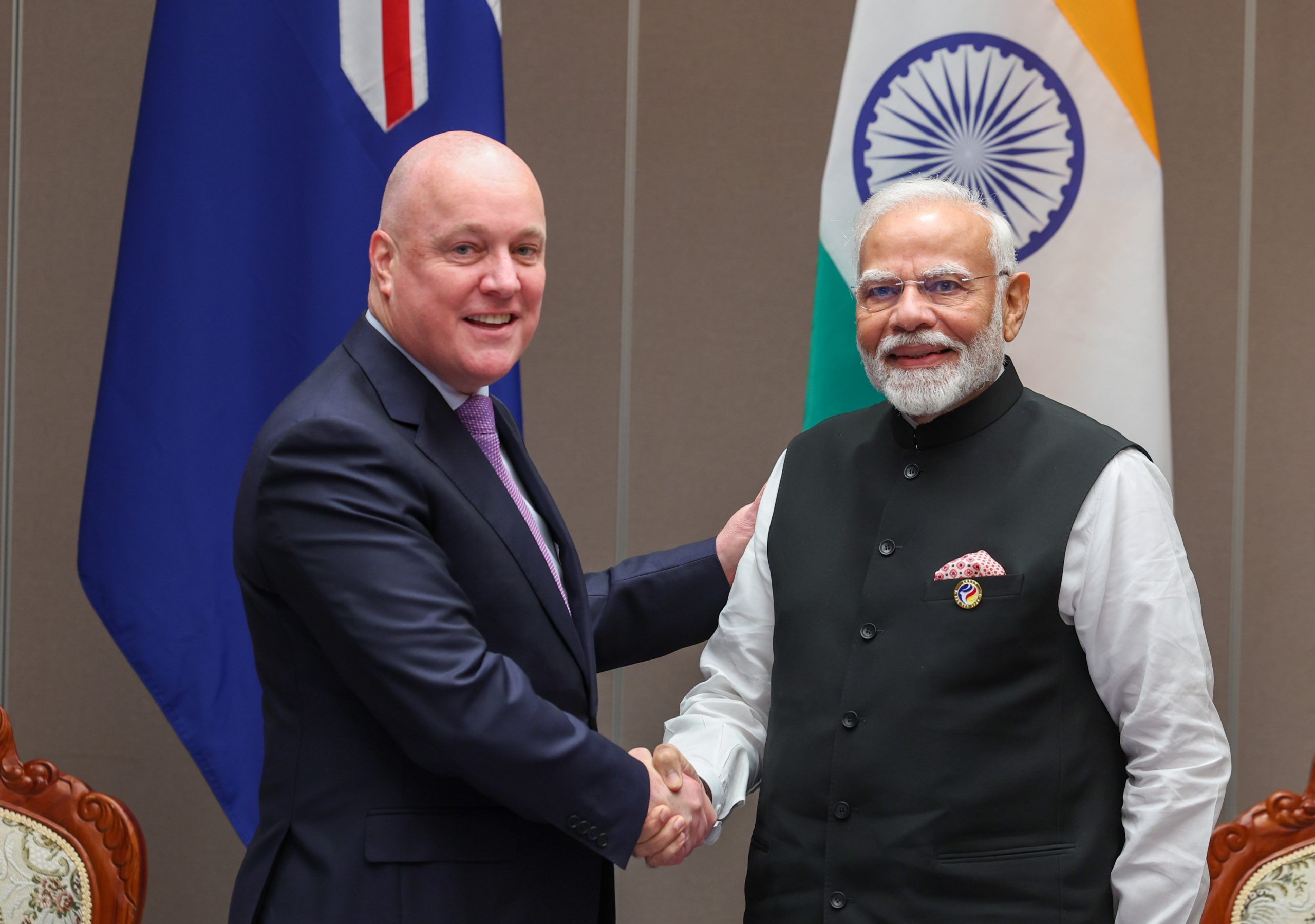
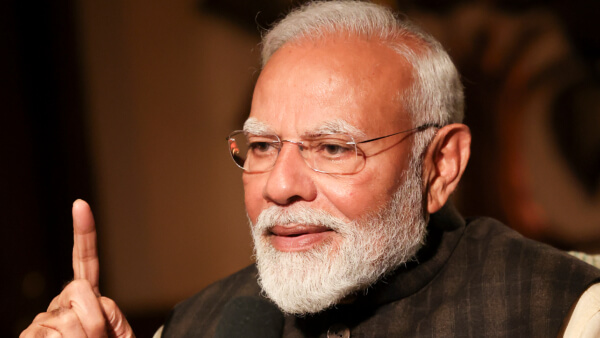

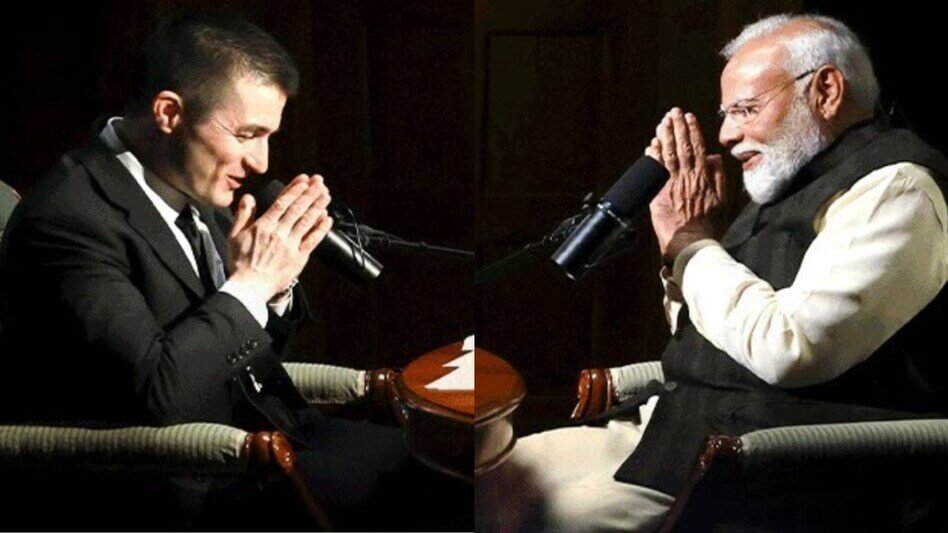
.jpg)



.jpg)
.jpg)
.jpg)
.jpg)
.jpg)
.jpg)




